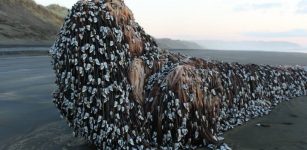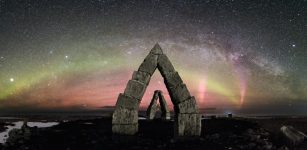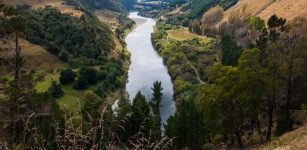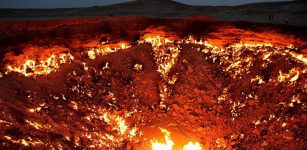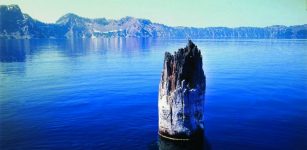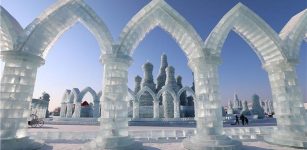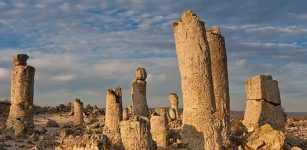Sacred Ancient Lake Waiau – Where Water Mysteriously Disappeared And Was Later Restored
MessageToEagle.com – Lake Waiau is a small lake on Mauna Kea’s summit on Hawaii’s Big Island. According to Hawaiian myth, it’s a bottomless portal to the spirit world. It’s the remarkable lake where water mysteriously disappeared and was later restored.
In 2010, Lake Waiau began to shrink, and by 2013 it was reduced to no more than a puddle. For many years scientists tried to figure out what happened to all the water. The good news is the water of the lake has now been restored.
Ancient legends and myths of Lake Waiau
The name means “swirling water” in Hawaiian, though it is usually rather placid. It usually freezes in winter, but aquatic insects such as midges and beetles can be found breeding in the water.
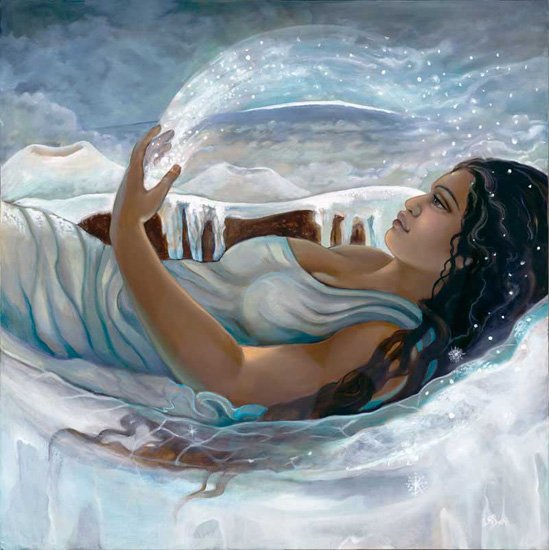
The lake holds significant meaning in Hawaiian culture. Lake Waiau was believed to contain pure water associated with the Hawaiian god Kane and was used in healing and worship practices. Aside from Poli’ahu, one of the four goddesses of snow, all enemies of Pele, there are two additional snow deities, Lilinoe and Waiau, who are associated with Mauna Kea, and according to Westervelt, the lake was probably named after the goddess of the same, who used to bathe in it. Originally, Hawaiians considered the whole peak region of Mauna Kea, including Lake Waiau, a sacred site, and only priests and chieftains were allowed to access it.

In various locations, on all the islands, there are elaborate fish ponds that do not appear to have been formed naturally. Native Hawaiians believe menehunes built them. Menehunes are small people, rather like Irish leprechauns. Legends of their mischievous ways abound. For example, menehunes are held to be responsible when something is misplaced. The ponds are sacred on Hawaii and nothing must be removed or the menehunes will come at night and take it back. The implication is that the retrieval will be unpleasant.
When Lake Waiau was shrinking and water mysteriously disappeared
In modern times it has been observed that the once magnificent lake has shrunk from about 5,000-7,000 square meters to 115 square meters. That’s down to 2 percent of its regular surface area, according to the USGS Hawaiian Volcano Observatory. Prior to 2010, the maximum depth of the lake was 3 yards, but it’s now less than 1 foot deep.
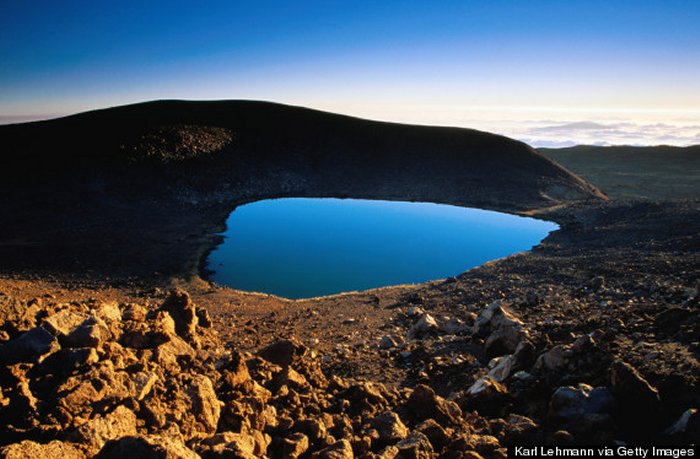
One obvious culprit could be an ongoing drought that Hawaii has been experiencing since 2008. According to reports from Mauna Kea’s weather station, there was very little precipitation for several consecutive months in 2010. “[This] may have been a trigger for the level drop that was sustained by low precipitation over the subsequent few years,” said the report from the Hawaiian Volcano Observatory.
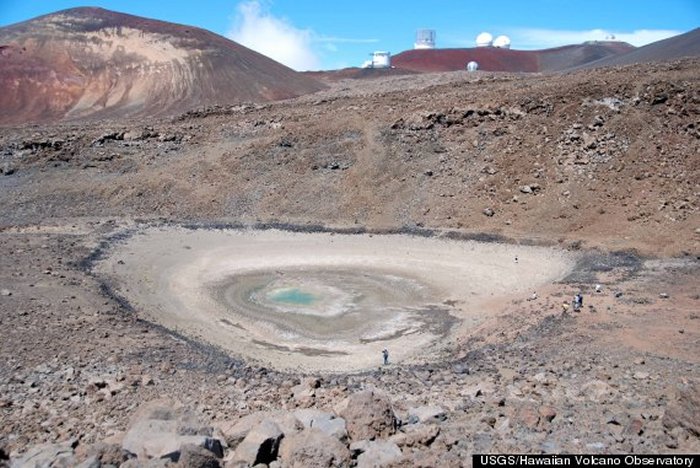
Another factor could be the fact that Lake Waiau is a “perched” water body, in which water is held in a depression by an impermeable substrate. “This substrate consists of layers of silty clay, interbedded with ash layers, and it has been proposed that permafrost also underlies the lake,” the report said.
There were also other scientific theories.
See also:
- Remarkable Rock Sculptures In The Dry Valleys Of Antarctica
- World of The Ice Giants’ – Magnificent Underground Labyrinth Of Caves
- Astonishing Photos Of Ancient Mayan Sinkhole Deep In The Mexican Jungle
Wet winter restores Lake Waiau
In 2014, the region experienced a wet winter. That year weather produced enough precipitation to pull all of the Big Island out of drought conditions, National Weather Service Hydrologist Kevin Kodama said. Heavy raining had a very positive impact on the lake level and the level was back to about 75 percent of what would be considered full.
Given its cultural significance and its uniqueness, the disappearance of Lake Waiau would be a great loss for Hawaiʻi, but it seems we don’t have to worry about the sacred ancient Lake Waiau, at least for now.
MessageToEagle.com
References:

